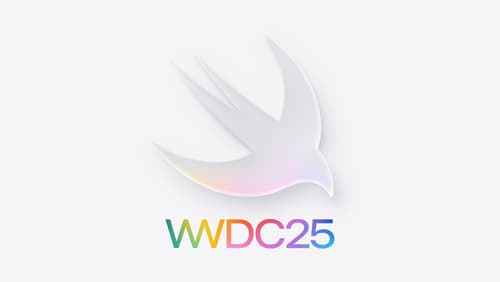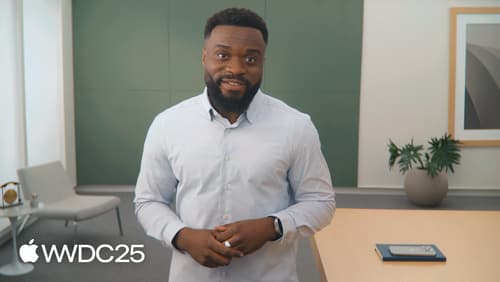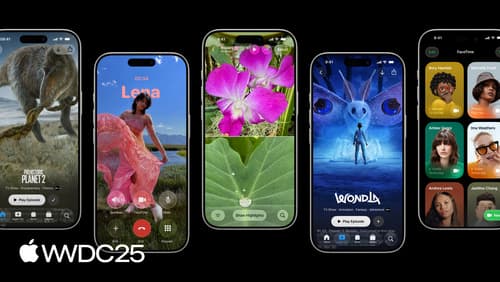how do I adopt liquid glass? what will it look like on ios 18 and older
Asked on 2025-06-12
1 search
To adopt Liquid Glass in your app, you should start by building your app with Xcode 26, as this will automatically apply many of the new design elements. Liquid Glass is a new material introduced in iOS 26 that provides a translucent, dynamic, and interactive layer to your app's UI. It is designed to float above your content, providing a distinct functional layer for controls and navigation.
Here are some steps to adopt Liquid Glass:
-
Use Apple's Native Frameworks: Whether you're using SwiftUI, UIKit, or AppKit, these frameworks fully support Liquid Glass. This makes it easier to integrate the new design into your app.
-
Audit Your App: Go through your app screen by screen to identify which views stand out and where Liquid Glass can enhance the user experience. Pay special attention to background colors behind sheets and toolbars that you can remove.
-
Use System Views and Controls: For the best experience, use system views and controls where possible. This ensures that your app takes full advantage of the new design with minimal effort.
-
Customize Where Necessary: For custom views, you can use the Glass Effect ID modifier in SwiftUI or the UI Visual Effect view in UIKit to create a Liquid Glass effect. This allows you to highlight key functionalities in your app.
-
Avoid Overuse: Liquid Glass should be reserved for the most important elements in your app to maintain clarity and focus. Avoid stacking Liquid Glass elements on top of each other to prevent a cluttered interface.
For more detailed guidance, you can refer to the session Build a SwiftUI app with the new design (17:57) and Build a UIKit app with the new design (19:15).
Regarding how it will look on iOS 18 and older, apps built with Xcode 16 will maintain their current design when run on older versions. The new Liquid Glass design is specific to iOS 26 and later, so older versions will not display these new effects.

Platforms State of the Union
Discover the newest advancements on Apple platforms.

Build a SwiftUI app with the new design
Explore the ways Liquid Glass transforms the look and feel of your app. Discover how this stunning new material enhances toolbars, controls, and app structures across platforms, providing delightful interactions and seamlessly integrating your app with the system. Learn how to adopt new APIs that can help you make the most of Liquid Glass.

Build a UIKit app with the new design
Update your UIKit app to take full advantage of the new design system. We’ll dive into key changes to tab views, split views, bars, presentations, search, and controls, and show you how to use Liquid Glass in your custom UI. To get the most out of this video, we recommend first watching “Get to know the new design system” for general design guidance.
